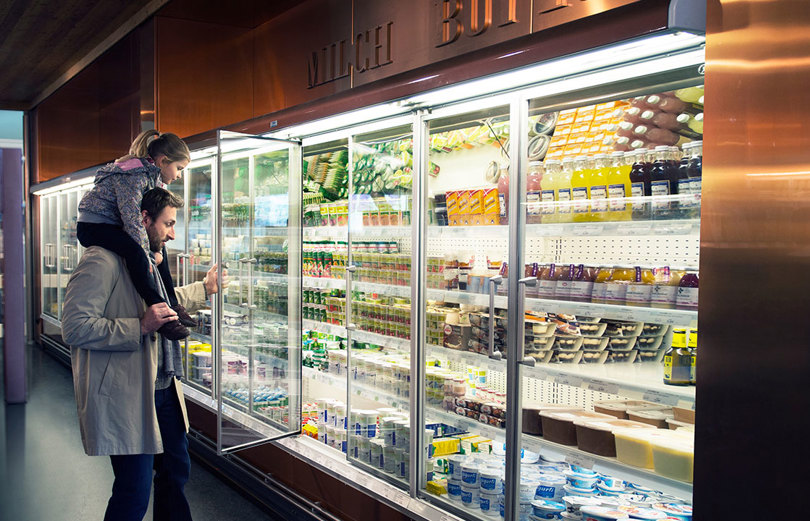By Jürgen Fischer, President of Danfoss Cooling, originally posted by SEforALL
As the world gets hotter, and as urban populations grow in regions where extreme heat is intensifying, cooling is not a luxury. It´s a fundamental element of daily survival and is a far bigger issue than staying comfortable on hot humid days. Cooling underpins every part of society, including the fresh fruit you eat for breakfast. So, you can imagine how daunting reality is for the one billion people who still lack access to electricity. No electricity means no cooling for protecting food.
Society´s biggest paradox
India is one of the world’s largest food producers. However, as much as 40 percent of all food produced is wasted due to lack of proper refrigeration and other supply chain bottlenecks. Try to imagine all the hundreds of millions of Indian farmers, who work so hard every day to produce food for their families, and you and me. Every day, these farmers are kept in poverty because a large part of the food produced doesn´t reach the market, ultimately affecting their source of revenue.
This is a big reason why nearly 200 million people in India are going hungry daily, according to the UN Food and Agriculture Organization (FAO). During periods of famine, access to cooling is a life or death issue. A minute of difference in temperature can determine whether a truckload of food will be sold or go to waste.
This is why we must focus on developing sustainable cold chains as the solution to solve the food crisis. Cold chains are specific temperature controlled food supply chains, keeping food cold and fresh all the way from Farm to Fork. By cooling food through the supply chain, we ensure that the food landing on your and my plate is both safe and of high quality.
From Farm to Fork
It is estimated that six to seven percent of the produced food in India currently moves through the cold chain – whereas this number in developed countries is about 60 to percent. While you and I often take the availability of fresh, high-quality foods for granted, in India this reality is a work in progress. Building efficient cold chains that keep its food fresh from Farm to Fork is key to guarantee India´s food security.
Technology to build efficient and sustainable cold chain infrastructures exists today. However, their growth potential remains unclear due to the fragmented nature of cold chains in many countries.
Plus, as cold chain development expands into more remote areas, inadequate knowledge on how to handle the perishable produce, at the farm and pack house levels, and how to operate the new technology becomes a major issue. We must start to integrate and educate the links in cold chains. In India, we´re already working with local communities to improve knowledge and expertise around when to harvest and how to manage a cold chain to improve the lifespan of produce.
Adopting best-available technology for an efficient cold chain infrastructure will, no doubt, help to respond to food losses and increase farmers´ incomes. But for sustainable cold chains to be effective, we need to make sure the produces are handled with utmost care and are kept at required temperatures from Farm to Fork. When this comes into place, everything will start to develop.
Join hands to provide access to cooling solutions to all
From where I sit, industry needs to join hands with governments and other local institutions in leading the work to build a cold chain in India and other countries in the Global South. This must be done in such a way that there is an uninterrupted chain all the way from Farm to the Fork. On the sideline, we need to ensure that cold chains use increasing renewable energy supplies. We can do that with the adoption of thermal storage and intelligent forecasting on energy demands.
For many farmers in the poorest countries, cooling is key to increasing opportunities for a better life: reduced food losses, higher incomes. We need to accelerate the uptake of cooling solutions to create sustainable cooling access for all. I believe cold chains can become a game changer for the farmers in the future.

Explore solutions and applications for food and beverage
We focus on keeping the world’s food fresh and avoiding waste by providing solutions for the processing, packaging, transport, storage, and refrigeration of food. Improve your competitiveness with smart energy-efficient solutions for the entire cold chain from farm to fork.
